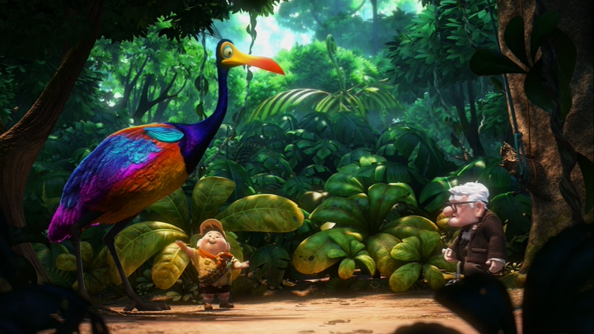One of the biggest things that has progressed human society is domestication. Think about it: every peice of meat, every morsel of cheese, every drop of milk come from domesticated animals. Domestication is defined by the Merriam Webster dictionary as-
to adapt (an animal or plant) to life in intimate association with and to the advantage of humans.
Early domestication helped to progress society far beyond the hunter-gatherer lifestyle that was the only thing that had been know. Dogs, domesticated from wolves, were our first hunting partners, enabling us to have a more reliable supply of food and a source of protection against predators, and of other humans. Food animals were next to be domesticated, including sheep, pigs, goats, and cattle. These animals provided a even more reliable source of food, from meat and dairy.

As the story of domestication goes on there is a shift to animals that enabled transportation to improve or for humans to be able to labor and farm more efficiently. These animals included the horse, camel, oxen, llama, and alpaca. Because the llama and alpaca can not bear or pull heavy weight the american indians were put a severe disadvantage to the early peoples of Africa, Europe, and Asia whose horses and oxen enabled them to explore and conquer vastly.
There are many other domesticated species many of which can be found in this
article where I learned quite a bit about the history of domestication.
What fascinates me the most about domestication is the relationship it has formed between humans and animals. With all domesticated animals their relationship with humans has enabled them to become much more numerous than their wild counterparts. Domestic cats far outnumber the wild cats of the world, reaching numbers of around 500 million. Dogs number upwards of 525 million with wolf populations around the world struggling to hold on to existence. Farm animals too vastly outnumber wild hogs, cattle, and poultry.
This evolutionary strategy, working with another species to survive is found all over the globe in many environments. One of the best known examples is that of the clownfish and anemone. The clownfish uses the anemone for protection, in exchange the fish help to clean and defend their homes. This enables both animals to have higher reproductive success and to survive to pass on their genes.
Humans use animals for food, clothing, transportation, comfort, medicine, etc. Domestic animals have in return been given life and have spread across the entire world. Both creating a world entirely different from the one before these epic partnerships.








